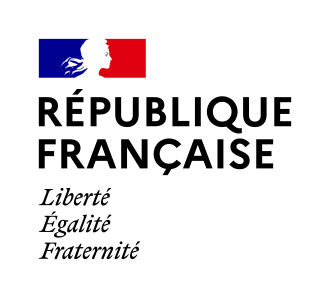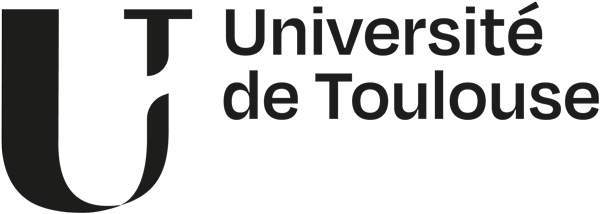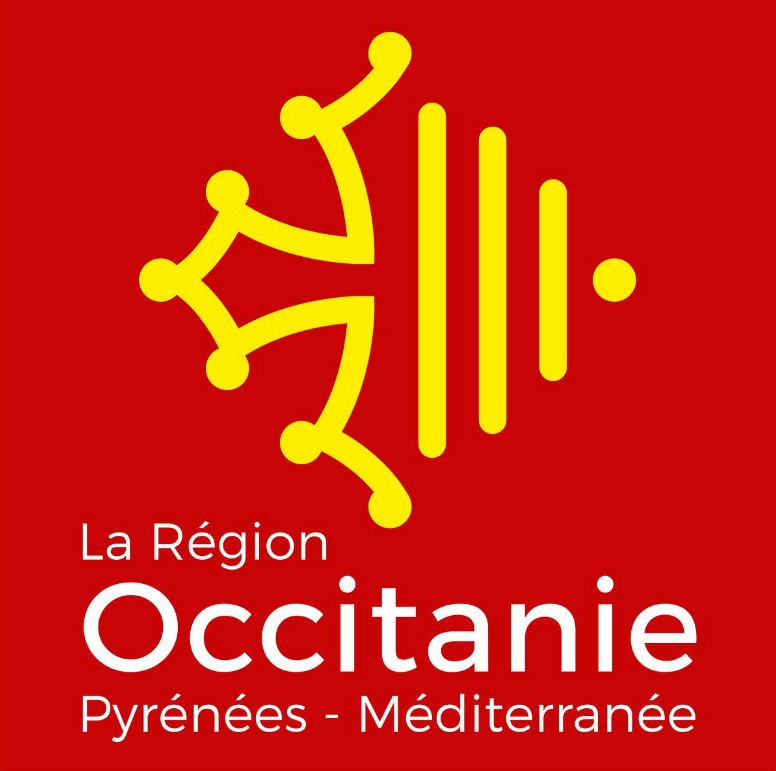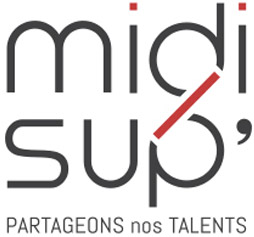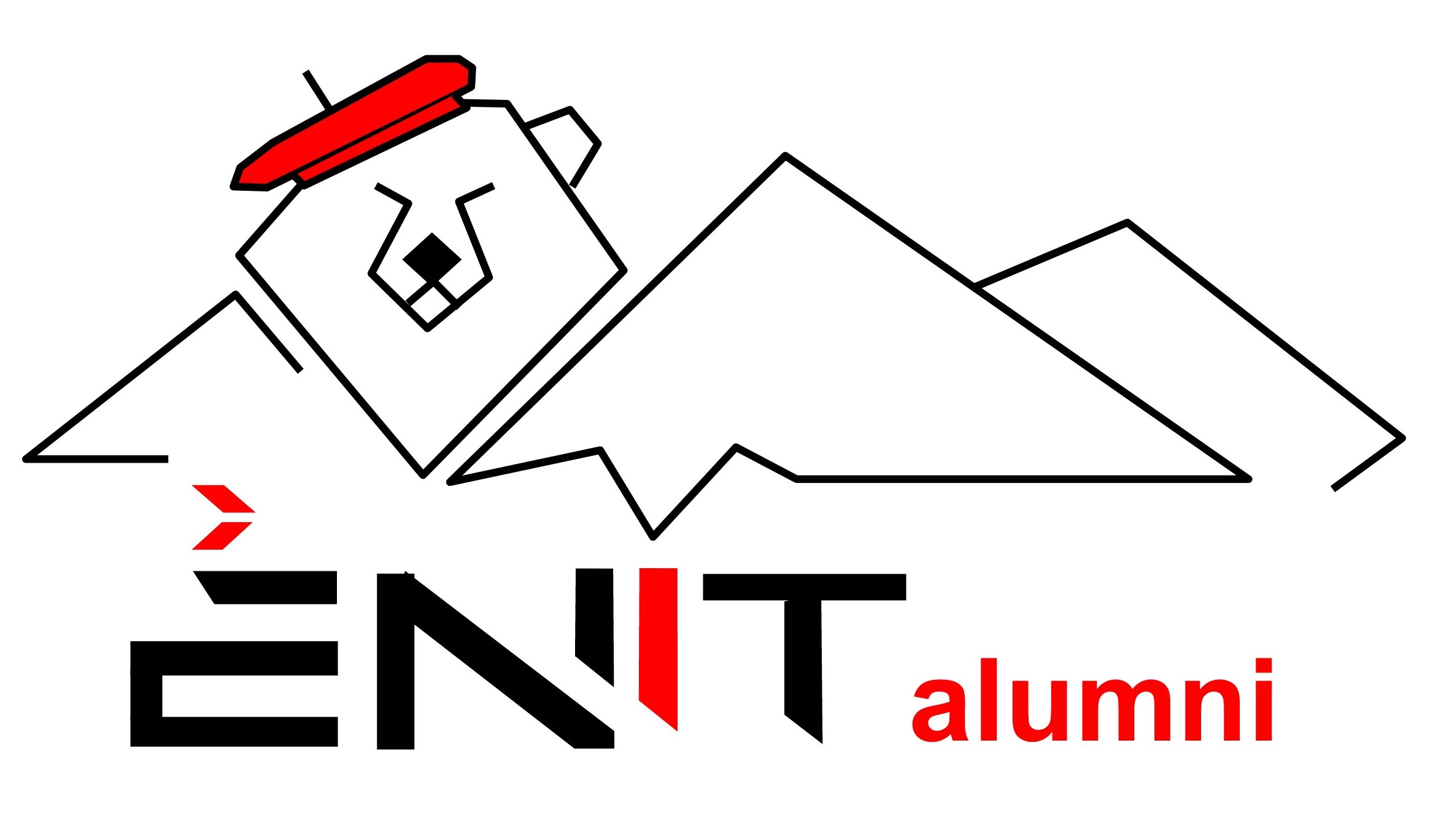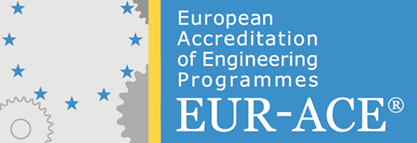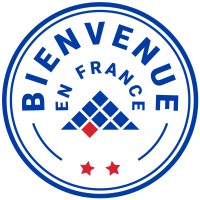EC0807OP0702GI - SYSTEMES D INFORMATION ET MODELISATION DES PROCESSUS METIER
Objectifs
A l'issue du cours, l'étudiant sera capable de comprendre le fonctionnement général d'un systèmes d'information d'entreprise, de concevoir et analyser ses services et de proposer une architecture d'un système d'information en intégrant les besoins d'interopérabilité.
After completion of this course, the student will be able to understand the general principles of an enterprise information system, to design and analyze its services and to propose a consistent and consistent information system architecture with a clear vision of the Interoperability's requirements.
Présentation
1. Analyse et Conception des Système d'Information
1.1. Généralités sur les Systèmes d'Information
1.1.1. Comprendre la complexité et l'analyse systémique de l'entreprise
1.1.2. Enjeux d'un Système d'Information performant pour l'entreprise
1.1.3. Briques de base de l'architecture d'un Système d'Information
1.1.4. Exemples de Systèmes d'Information d'entreprise
1.1.5. Enjeux de l'urbanisation d'un Système d'Information
1.2. Comprendre et appliquer la démarche MERISE
1.2.1. Les problèmes de conception et intérêt d'une démarche d'analyse et de conception
1.2.2. L'activité de conception en général, et de celle d'un Système d'Information en particulier
1.2.3. Présentation générale de la démarche MERISE
1.2.4. Présentation du processus de développement associé
1.2.5. Exercices d'application
2. Architecture des Systèmes d'Information
2.1. Contexte & Problématique
2.1.1. Optimisation et production de la valeur
2.1.2. Barrières et solutions d'interopérabilité
2.2. Stratégie d'architecture d'entreprise
2.2.1. Direction des Systèmes d'Information
2.2.2. Utilité, dépendance et développement.
2.3. Principes d'architecture des SI
2.3.1. Approche Données/Traitements
2.3.2. Approche Composants
2.4. Les outils de l'architecte
2.4.1. Formalisme pour une architecture de SI
2.4.2. Modèle ou Pattern d'architecture
2.5. Démarche d'architecture projet
2.5.1. Construction d'un projet d'architecture
2.5.2. Architecture orientée services (SOA)
3. Etude de cas sur la modélisation des processus
Modélisation, diagnostic, reconception
1. Analysis and Design of Information System
1.1. Overview of Information Systems
1.1.1. Understanding the complexity and systemic analys of enterprise
1.1.2. Issues of an efficient information system for the enterprise
1.1.3. Architectural building blocks of an information system
1.1.4. Examples of Enterprise Information Systems
1.1.5. Urbanization challenges of an information system
1.2. Understand and apply the MERISE approach
1.2.1. Design issues and interest of analysis and design approach
1.2.2. The overall design activity, and that of an information system in particular
1.2.3. Overview of the MERISE approach
1.2.4. Presentation of the associated development process
1.2.5. Application exercises
2. Architecture of Information Systems
2.1. Context & Issues
2.1.1. Optimization and value production
2.1.2. Barriers and interoperability solutions
2.2. Stratégie d'architecture d'entreprise
2.2.1. Enterprise Architecture Strategy
2.2.2. Utility, dependence and development
2.3. Principles of Information system Architecture
2.3.1. Data / Treatments Approach
2.3.2. Components approach
2.4. The architect's tools
2.4.1. Formalism for IS architecture
2.4.2. Model or pattern of architecture
2.5. Project architecture approach
2.5.1. Construction of an architecture project
2.5.2. Service-oriented architecture (SOA)
3. Case studies on process modelling
Modelling, diagnosis, re-design
Pré-requis obligatoires
Partie : pas de pré-requis particulier mais des notions en Bases de données relationnelles (dépendances fonctionnelles, modèle entité/association), en spécification des exigences et modélisation des échanges d'informations intra ou inter-entreprises seraient un plus.
Examens
(1*TD1+1*DS1)/2
TD1 : Travaux Dirigés 1
DS1 : Devoir Surveillé 1
Syllabus
_ Banos D., Malbosc G. « Merise pratique. 1- Les points-clés de la méthode », Paris, Editions Eyrolles
_ Divine M. « Parlez-vous Merise », Paris, Edition Eyrolles, 1992.
_ Tardieu H., Rochefeld A., Coleti R. « La Méthode Merise, Tome 2. Démarche et pratiques », Paris, Editions d'Organisation, 1985.
_ Michelle Gillet et Patrick Gillet. DSCG 5 - Management des systèmes d'information - 2e édition - Cas pratiques. Editeur : Dunod; Édition : 2e édition (11 mars 2015).
_ Didier Miclo. Web Services & Web sémantique: En route vers l'interopérabilité intelligente ? Editeur : Editions Universitaires Europeennes (26 octobre 2015).
_ István Mezgár, Ursula Rauschecker. The challenge of networked enterprises for cloud computing interoperability. Computers in Industry, Volume 65, Issue 4, May 2014, Pages 657-674.
_ Banos D., Malbosc G. « Merise pratique. 1- Les points-clés de la méthode », Paris, Editions Eyrolles
_ Divine M. « Parlez-vous Merise », Paris, Edition Eyrolles, 1992.
_ Tardieu H., Rochefeld A., Coleti R. « La Méthode Merise, Tome 2. Démarche et pratiques », Paris, Editions d'Organisation, 1985.
_ Michelle Gillet et Patrick Gillet. DSCG 5 - Management des systèmes d'information - 2e édition - Cas pratiques. Editeur : Dunod; Édition : 2e édition (11 mars 2015).
_ Didier Miclo. Web Services & Web sémantique: En route vers l'interopérabilité intelligente - Editeur : Editions Universitaires Europeennes (26 octobre 2015).
István Mezgár, Ursula Rauschecker. The challenge of networked enterprises for cloud computing interoperability. Computers in Industry, Volume 65, Issue 4, May 2014, Pages 657-674
En bref
Langue d'enseignementFrançais
Contact(s)
Composante
ENI TARBES

